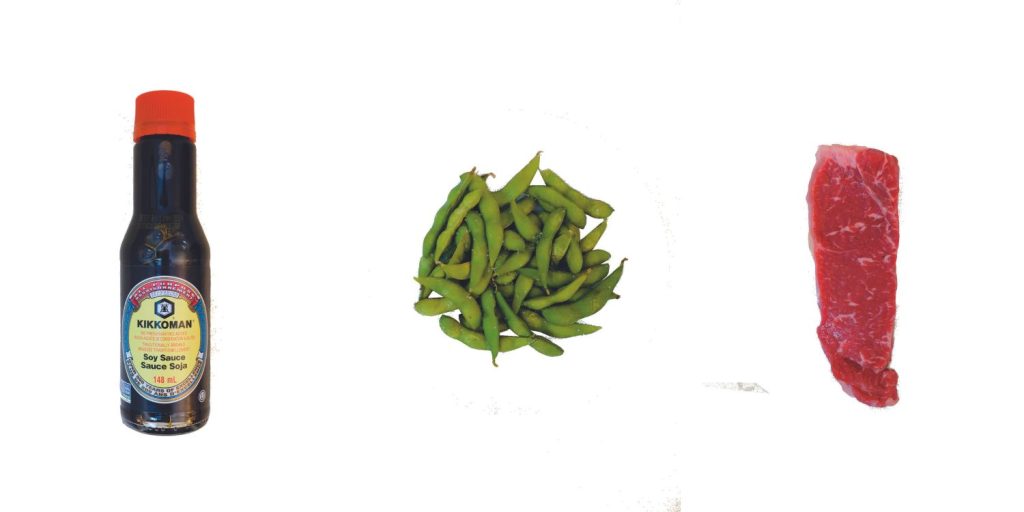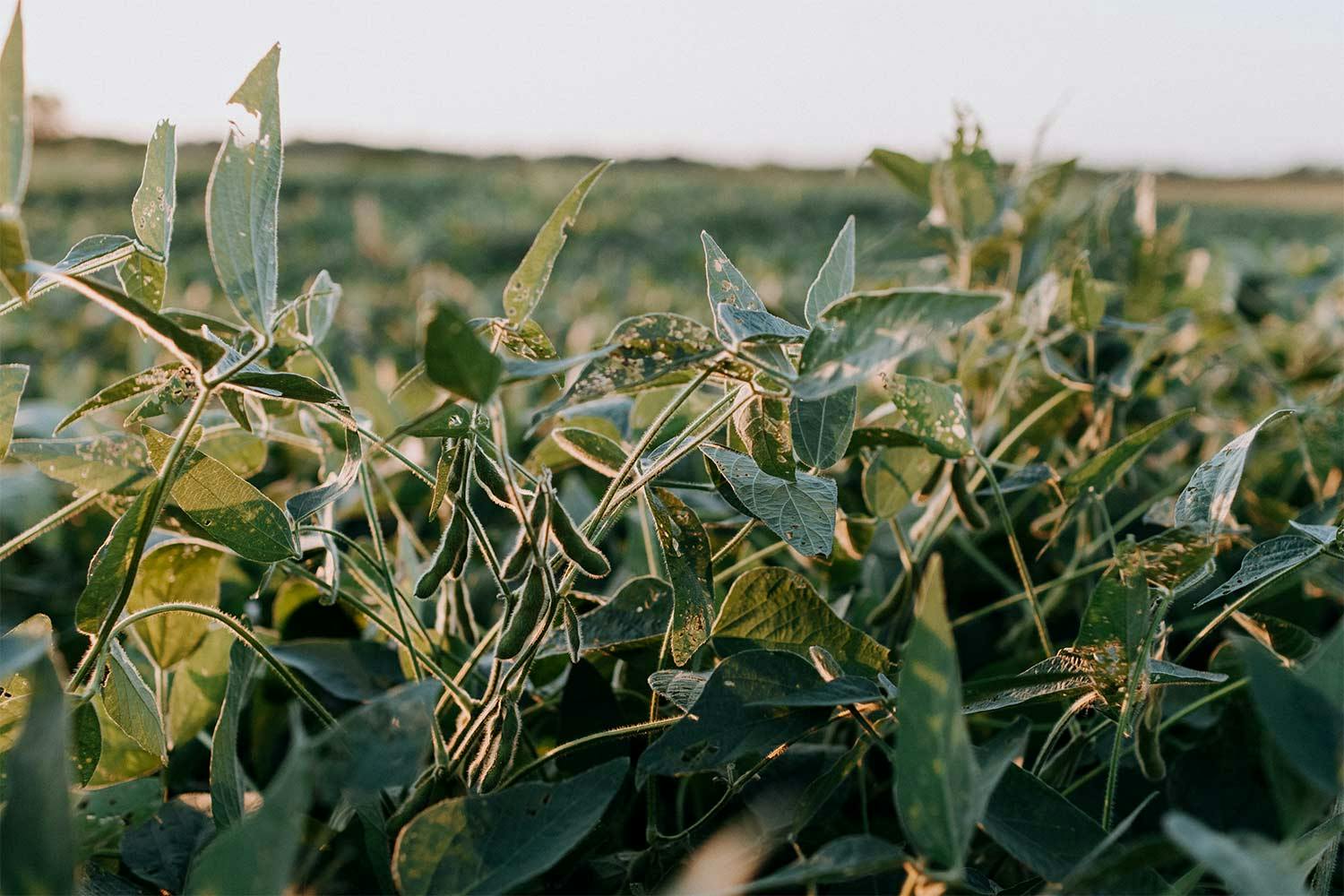Soy’s Rise is Causing Ecological Downfall
The story of soy and its current boom has little to do with tofu — or human food at all.
There’s nothing intrinsic in soybean plants that causes environmental problems. But large scale soy cultivation has led to deforestation, biodiversity loss, and the displacement of people around the world.
Whether in the form of jiggling blocks, savoury sauces, or cool drinks, the humble soybean is as much a part of our diets today as it was back in ancient China. It wouldn’t be until the 1950s, however, that soy started ballooning into the mammoth industry it is now. In turn, soy cultivation has led to widespread deforestation, biodiversity loss, and the displacement of people around the world.
The king of beans
Some have deemed the soybean “king of beans,” and for good reason. The legume, native to East Asia, is one of few vegetables containing all nine essential amino acids. Soybeans are 35–38% protein — double the protein proportion of pork and triple that of eggs — and produce more protein per hectare than any other crop, according to the World Wildlife Fund (WWF). Soy numbers among the most profitable crops out there.
Soy is the main source of protein in our global supply chain today. That’s because 85% of the global soybean crop is used as animal feed. Roughly 13% is made into valuable oil; soy is the second most used cooking oil in the world after palm. Only about 7% of the global crop goes into non-oil food for humans.
85% of the global soybean crop is used as animal feed.
After the fall harvest, the majority of soybeans are crushed and processed to separate the oils from the solids (soybean meal). The protein-rich meal is destined for animal feed and human food. Aside from use in cooking and biofuels, soy oil is processed for lecithin, an emulsifier used in pharmaceuticals and many other products.
Since the 1950s, global soy production has increased 15 times over. As our population grows, the appetite for meat around the world is climbing. To satisfy the soaring demand, more fertile land has to be converted into soy fields.
From Cerrado to supermarket
Roughly 80% of global soy production takes place in just three countries — Brazil, Argentina, and the US — with Brazil being the biggest exporter. South America is especially at risk of agriculture-motivated deforestation, with the area dedicated to soy cultivation more than doubling from 2000 to 2019.
“There’s nothing intrinsic in the soy crop that makes it a problem for the environment,” says Devlin Kuyek, a Montreal-based member of international non-profit Genetic Resources Action International (GRAIN). Based in Spain, GRAIN is a think tank supporting small farmers fighting for community-controlled and biodiversity-based food systems around the world. “It’s the widespread monoculture use in the industrial food system that’s the problem,” Kuyek says.
Monoculture farming means planting only one type of crop on a field at a time — a practice that, while increasing yield and profits, can also lead to soil degradation and heightened pesticide use. Most soy produced today comes from monocultures grown on massive industrial plantations, says Kuyek.
When we’re losing species, we’re losing water. We’re losing our climate regulation ability.
These plantations need fertile land and plenty of it. Enter Brazil’s Cerrado, a vast tropical savannah containing 5% of all species on Earth. It is also the nation’s most productive agricultural land; today, roughly half the vast biome has been converted to farmland, most of it soy. In 2021, 8,531 square kilometres of the Cerrado was lost to mostly agriculture-driven deforestation, an area slightly smaller than Corsica.
Meanwhile, in the Amazon rainforest, soybean cropland has grown tenfold from 2000 to 2019, from 4,000 to 46,000 square kilometres. Due to recent regulations like the soy moratorium in the Amazon — an agreement among grain traders not to buy soy grown on recently deforested land — expansion in the region has slowed of late, according to Dr. Mariana Napolitano, head of science at WWF Brazil.
“In the Amazon, we have at least 50% of the biome protected by either protected areas or Indigenous lands,” she says. “In the Cerrado, this number falls to 12%.”
Hot air
According to the Union of Concerned Scientists, regions like the Amazon and Cerrado have sucked billions of tonnes of heat-trapping gasses like carbon dioxide out of the atmosphere since data collection began in the 1990s.
When woodlands are cut down, some of the carbon they’ve been storing is released back into the atmosphere, according to Shane Moffatt, a spokesperson for Greenpeace. This could prove catastrophic in regions like the Cerrado, which stores an estimated 13.7 billion metric tonnes of carbon underground.
WWF’s Napolitano says tropical deforestation also leads to a rise in local extreme heat and decreased rainfall. Brazil — already suffering from its worst drought in nearly a century — could lose over US$4.6 billion worth of soy every year due to poor weather conditions if deforestation continues at its current clip, scientists estimate.

Since the 1950s, global soy production has increased 15 times over, but 85% of the global soybean crop is used to feed livestock, not humans.
That’s not to mention the biodiversity loss. In a recent study, Napolitano, WWF Brazil, and partners found most species in the Amazon and Cerrado lost 25–65% of their original habitat by 2019, with the Cerrado most affected.
“What’s important is how species are indicators,” says Napolitano. “So when we’re losing species, we’re probably losing water. We’re losing our climate regulation ability.”
Tainted water
According to GRAIN’s Kuyek, most soybeans grown today are genetically modified to be resistant to an herbicide called glyphosate — sold commercially as Roundup. This resistance means farmers can use more glyphosate to kill weeds without hurting their crops.
Every year, farms in the US, Brazil, and Argentina spray soy with an estimated 2,500–10,000 metric tonnes of glyphosate — and more herbicide residue is detected each year on harvested soybeans. Much of the poison makes its way into surface water and soil, which can then impact the wildlife and local communities who drink from it, says WWF’s Napolitano.
In 2015, the International Agency for Research on Cancer classified glyphosate as “probably carcinogenic to humans.” Unfortunately, there has been a documented lack of research into the exact consequences of glyphosate exposure.
Stolen soil
“The production of soy has huge implications on the survival of many Indigenous peoples in Brazil,” says GRAIN’s Kuyek. “In the Cerrado, you have local ‘businessmen’ who specialize in the fraudulent acquisition of land titles and certificates. They’ll also use intimidation and violence to try to push local people out.”
In 2021, 8,531 square kilometres of the Cerrado was lost to mostly agriculture-driven deforestation
After accumulating or forging enough land titles, these brokers sell them onwards to larger groups, said Kuyek. Often, these larger groups are backed by multinational corporations. For example, in late 2021, American companies Cargill and Archer-Daniels-Midland Co. were found to have sourced soy from Brazilian producers actively trying to force Indigenous people from their homes in the Cerrado, according to Thompson-Reuters.
How can we move forward?
With all this in mind, is it time to give up tofu?
“There’s no need to give up your soya products if you enjoy them,” says Francine Jordan, a spokesperson for the Vegan Society, a UK-based registered charity. “But try to avoid South American soya, which is widely linked to deforestation. And choose certified organic soya milk wherever possible.”
The charity also recommends buying locally produced soy products or those marked with the logos of sustainable soy certifiers like the Round Table on Responsible Soy, and ProTerra. These companies track sustainable practices in the supply chain, and certify companies that are up to their standards.
The best solution, according to Greenpeace’s Moffatt, is to reduce or cut out meat-eating: “We’re consuming way more than the planet can sustain.”
Print Issue: Spring 2022
Print Title: The Story of Soy
